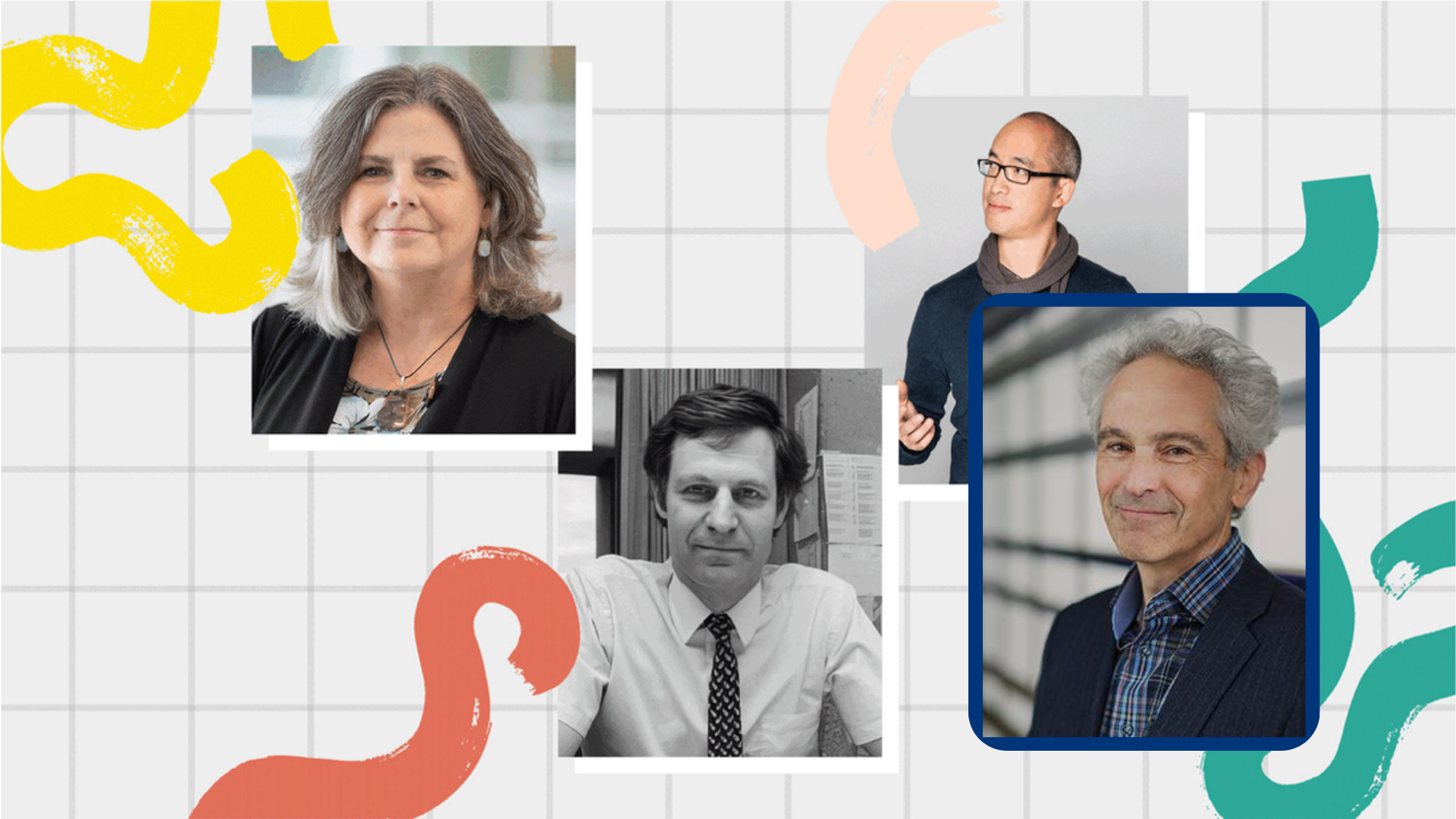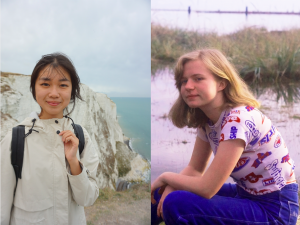

Theresa Wong, left, Olivia Brocklehurst, right
“History in London, and in Europe is… layers, upon layers, all with their own unique stories and narratives, jostling alongside modernity.”
In the 2019-2020 academic year, I studied abroad in London. I spent my time travelling, getting lost in Euston Station, and making friends- one of them, another UBC History student also studying abroad, Theresa Wong. I talked to Theresa so we could compare our experiences as UBC students studying history abroad.
Getting started in London
We applied through Go Global and we were both accepted at King’s College London. Theresa studied there for one term, September to December, and me for two, September until the spring.
The majority of our classes took place at KCL’s Strand campus, near Waterloo Bridge and Covent Garden. It’s an incredibly bustling and cosmopolitan spot- in my first week, I was amazed at how beautiful everyone in London was, and then I realized London Fashion Week was happening in the next building over.
I was also a little alarmed by the number of tourists, but assumed that since it was still barely out of summer, the numbers would lessen as it got colder. Nope- in the middle of January I was still having to squeeze through dozens of families on my way to lecture.
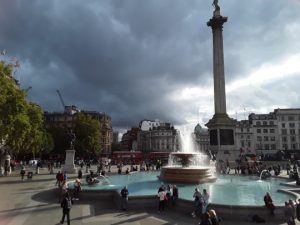

Trafalgar Square. Photo by Olivia Brocklehurst
Attending class
Theresa took two history courses at Kings, “one on British Political History from 1780-1870, and one on the History of Human Rights in Europe.” I took an assortment of history and English courses (I am doing an English minor), as well as some that blended the two disciplines. My favourite was a course on medieval German chivalric romance, where we used two Arthurian romances, Iwein and Erec, as a lens through which to study medieval perspectives on gender. The courses were pretty challenging, but I enjoyed the opportunity to invest myself deeply in the topics we studied.
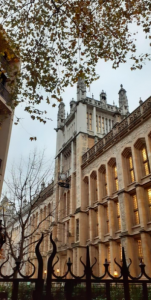

Maughan Library at King’s College London. Photo by Theresa Wong
London
“It has always fascinated me how layered the city is,” Theresa says. “I feel like every step I take I’m walking through different historical time zones. It was just surreal sometimes to be wandering around and then suddenly come upon the spot where the Great Fire started in Pudding Lane, or read about a certain performance that took place in Covent Garden in the 1700s, and then walk there myself and imagine the actors before me.”
Just like Theresa, I loved how present the history felt. I remember a church named St Bride’s, down the street from the more famous St Paul’s. Originally founded in the Roman period, it was rebuilt in the Middle Ages, then again after the Great Fire of London, then again after the Blitz. Today, it is a combination 18th-century and modern-day structure on top of Roman stone, tucked away next to a Krispy Kreme. To me, this sums up the way history is experienced in London, and in Europe- layers, upon layers, all with their own unique stories and narratives, jostling alongside modernity.
Travel
We both travelled a lot. Theresa liked Berlin. “It was one of the coolest places I got the chance to visit,” she says. “It was so fascinating to see how collective memory was integrated into the cityscape… they have “stumbling blocks”, which are little metal studs in the ground, inscribed with the names and dates of Holocaust survivors outside the apartment buildings they used to inhabit… it was so cool to see how much history has shaped this city.”
One of the highlights for me was visiting the Julian Centre in Norwich, the church dedicated to 14th century mystic Julian of Norwich, who I’ve been fascinated by ever since I studied her in second year. Julian spent most of her life enclosed inside a cell built into the side of her church, and standing inside of the small, plain cell, I contemplated what sort of a person would have chosen to live that way. I was able to consider her as a historical figure and person with so much more depth and nuance than gained from just reading.
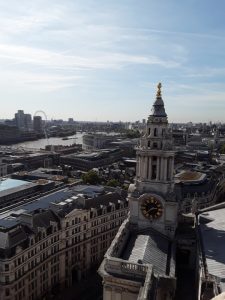

View of London. photo by Olivia Brocklehurst
What we learned
The biggest takeaway for both of us was feeling the presence of London’s historical past in such a vivid way. “Seeing history before you is so different than just reading about it, and… getting to learn about and hence “unlock” what you see around you is the coolest thing.” Theresa says.
What struck me, particularly, was the realization that while I was immersing myself in Britain’s history, it was also happening around me. On January 31st Brexit was officially enacted, and in mid-March usually bustling London cleared out entirely due to the coronavirus pandemic. Seeing London’s streets, usually full of businesspeople, students, and tourists, almost empty, really made it clear to me how I was seeing a new chapter of the UK’s history being written.
Advice for other students going to London


Portobello Road Market. Photo by Theresa Wong
- Travel a lot! And take the train- Theresa recommends the 16-25 railcard. “There are so many places around the UK that are easy to get to from London. It will give you a third off of every train fare. It will save you so much in the end!”
- Go to museums. They’re free! I used to stop by the National Gallery for a half hour after class before going home.
- You’ve been lied to about British food- it’s delicious. Try lots of different places! I still miss British steak pies.
- Overall- see everything you can, try everything you can, and learn as much as possible.
By Olivia Brocklehurst, with contributions from Theresa Wong


